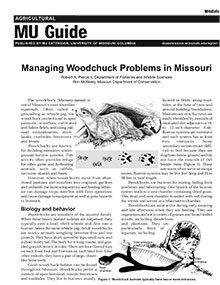

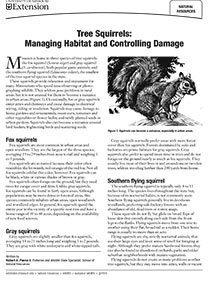
Tree Squirrels: Managing Habitat and Controlling Damage
Reviewed
Missouri is home to three species of tree squirrels. Visit our site for our Tree Squirrels: Managing Habitat and Controlling Damage guide.
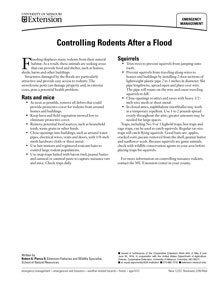
Controlling Rodents After a Flood
Reviewed
Flooding displaces many rodents from their natural habitat. As a result, these animals are seeking areas that can provide food and shelter, such as homes, sheds, barns and other buildings.
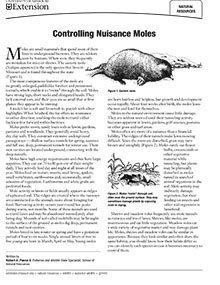
Controlling Nuisance Moles
Reviewed
Moles often are a nuisance and can harm your plants. Visit our site to learn about Controlling Nuisance Moles.
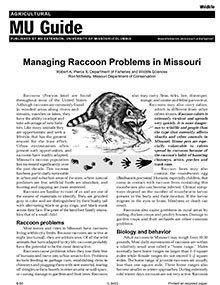
Managing Raccoon Problems in Missouri
Reviewed
Raccoons have adapted to urban areas, causing damage to property and posing health risks. Learn how to manage and prevent raccoon problems.
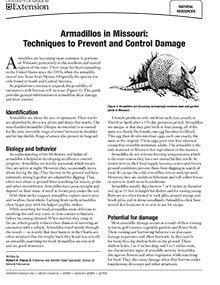
Armadillos in Missouri: Techniques to Prevent and Control Damage
Reviewed
Armadillos are becoming more common in Missouri. Visit our site for our Armadillos in Missouri: Techniques to Prevent and Control Damage resource.
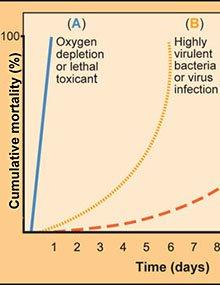
Collection and Submission of Samples for Fish-Kill Investigation and Toxic-Substance Analysis
Reviewed
Fish kills occur in natural and cultured populations. They can be due to disease, poor water quality or a toxic substance. Fish kills represent emergencies, and producers must be prepared for them in advance. Learn more in this guide.

Assisting the Beef Cow at Calving Time
Reviewed
Six to 10 percent of all calves born in beef cow herds in the U.S. die at or soon after birth. About half of those deaths are due to calving difficulty (dystocia). The purpose of this guide is to acquaint cattle producers with calving management principles that will help minimize calf loss in their herds.
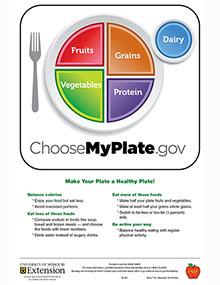
MyPlate Poster
Revised $34
Editor's note
The following abstract describes a publication that is available for purchase or as a downloadable PDF.

Fruit Bingo Cards
Revised $13
Editor's note
The following abstract describes a publication that is only available for purchase.
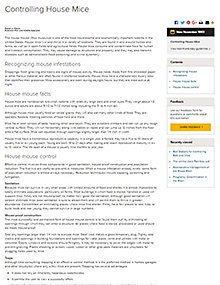
Controlling House Mice
Reviewed
Learn to identify signs of house mouse infestations and implement effective control methods, including sanitation, exclusion, and trapping.
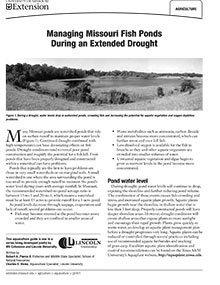
Managing Missouri Fish Ponds During an Extended Drought
Reviewed
Managing fish ponds during drought requires addressing reduced water levels, fish stress, and oxygen depletion.

MyActivity Pyramid for Kids (Bundle of 25)
Revised $12
Encourage kids to be active daily with fun ideas for aerobic, muscle-strengthening, and lifestyle activities—plus tips to reduce screen time.
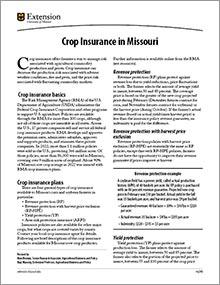
Crop Insurance in Missouri
Revised
Learn four types of crop insurance that can manage corn, soybean and other row crop risk. Read about units you can insure and the premium cost for a policy.
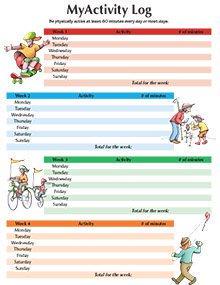
MyActivity Log for Kids (Bundle of 25)
New $15.50
Editor's note
The following abstract describes a publication that is available for purchase or as a downloadable PDF.
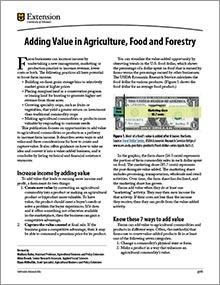
Adding Value in Agriculture, Food and Forestry
Reviewed
See 7 ways to add value to farm commodities or products, and learn how to turn a value-added agriculture idea into a business that can increase farm income.
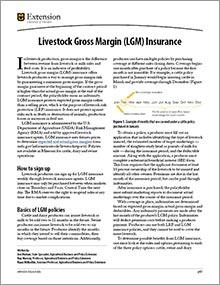
Livestock Gross Margin (LGM) Insurance
Revised
LGM insurance helps producers manage risk by guaranteeing a minimum gross margin. Learn how it works, and see cattle, swine and dairy examples in this guide.
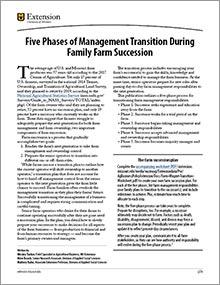
Five Phases of Management Transition During Family Farm Succession
New
Use a gradual process to transition farm management responsibilities from one generation to the next to improve the odds of keeping your farm in the family. This 5- phase process asks multiple generations to set goals, timelines and evaluation milestones.

MyPlate for Adults — What's on Your Plate? (Bundle of 25)
Revised $12
Editor's note
The following abstract describes a publication that is available for purchase or as a downloadable PDF.
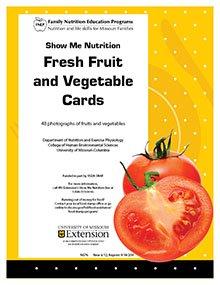
Fresh Fruit and Vegetable Cards
New $25
Editor’s note
The following abstract describes a publication that is only available for purchase.
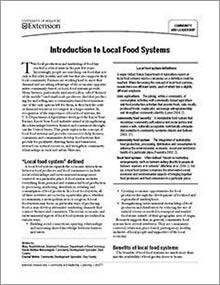
Introduction to Local Food Systems
Revised
Learn how to create rural and urban local food systems that are profitable and sustainable, connect farms to consumers and support the community and economy.
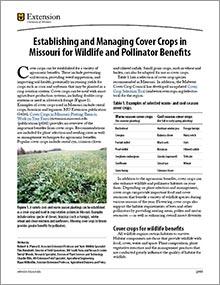
Establishing and Managing Cover Crops in Missouri for Wildlife and Pollinator Benefits
New
Learn how to establish and manage cover crops in Missouri to improve soil, attract wildlife, and support pollinators year-round.
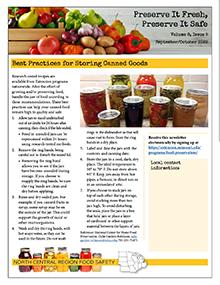
Preserve It Fresh, Preserve It Safe: 2022, No. 5 (September/October)
New
Learn how to safely store canned goods and dry apples at home with research-backed tips for quality and food safety.
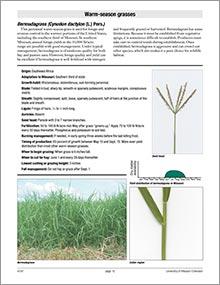
Dairy Grazing: Selecting the Right Forage, Page 12
Reviewed
Explore tips on selecting and managing bermudagrass for dairy grazing. Learn about its growth habits, yield, and care for optimal forage production.
